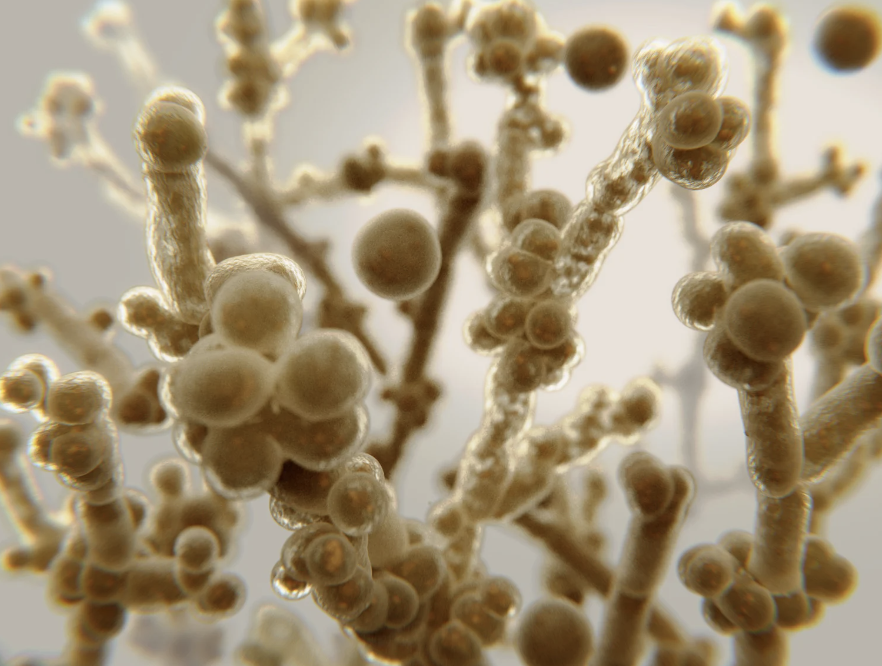So we may have heard of the vaginal microbiome, but have you heard of the vaginal MYCObiome? This refers to the key fungal species in the vaginal environment. These species live alongside bacteria, viruses and other microorganisms. ScreenMe explores 5 of the common species that may be impacting your intimate health!
Candida albicans
Often the dominant fungal species in the vaginal mycobiome [est. to make up 70% of fungi found in the mycobiome]. This species commonly lives as a harmless commensal organism. However, it can become pathogenic in specific conditions.
It’s ability to ‘stick’ to vaginal epithelial cells and evade the immune response make it difficult to get rid of and capable of overgrowing.
Candida glabrata
This species is increasingly seen to be pathogenic in the vaginal environment.
It is often asymptomatic, however it can result in recurrent infections. This species can ‘stick’ very well to vaginal surfaces, making it very persistent and difficult to treat.
Candida parapsilosis
This species is known for its ability to form biofilms (structures that ‘stick’ to the vaginal lining). Therefore it can cause recurring infections and can be resistent to many conventional treatments.
This species can lead to uncomfortable symptoms such as inflamattion and discomfort, especially when the vaginal microbiome is in dsybiosis.
Candida krusei
This is a rare species to be found in the vaginal mycobiome.
However, this can become pathogenic and is very difficult to treat as can become resistant to common treatment methods.
When this species does overgrow, it causes irritation as well as vaginal microbiome imbalances that further cause symptoms and concerns.
Saccharomyces cerevisiae
This species is occassionally found in the vaginal environment.
While generally seen as non-pathogenic, it has been reported in some instances to contribute to mild irritation and/or inflammation.
Why is the vaginal mycobiome important?
This balance is important for a whole range of reasons including:
- risk of thrush and recurrent thrush.
- vaginal balance (homeostasis) – including maintaining healthy pH and influence on the vaginal microbiome.
- reproductive health – including fertility, preterm birth, and susceptibility to infections like STDs.
- immune system implications
What does ScreenMe test for?
We screen for ALL yeast and fungi species present in your vaginal environment! Therefore you know what exactly is present and what may be the casue of your concerns!
Fariba Khonsari






